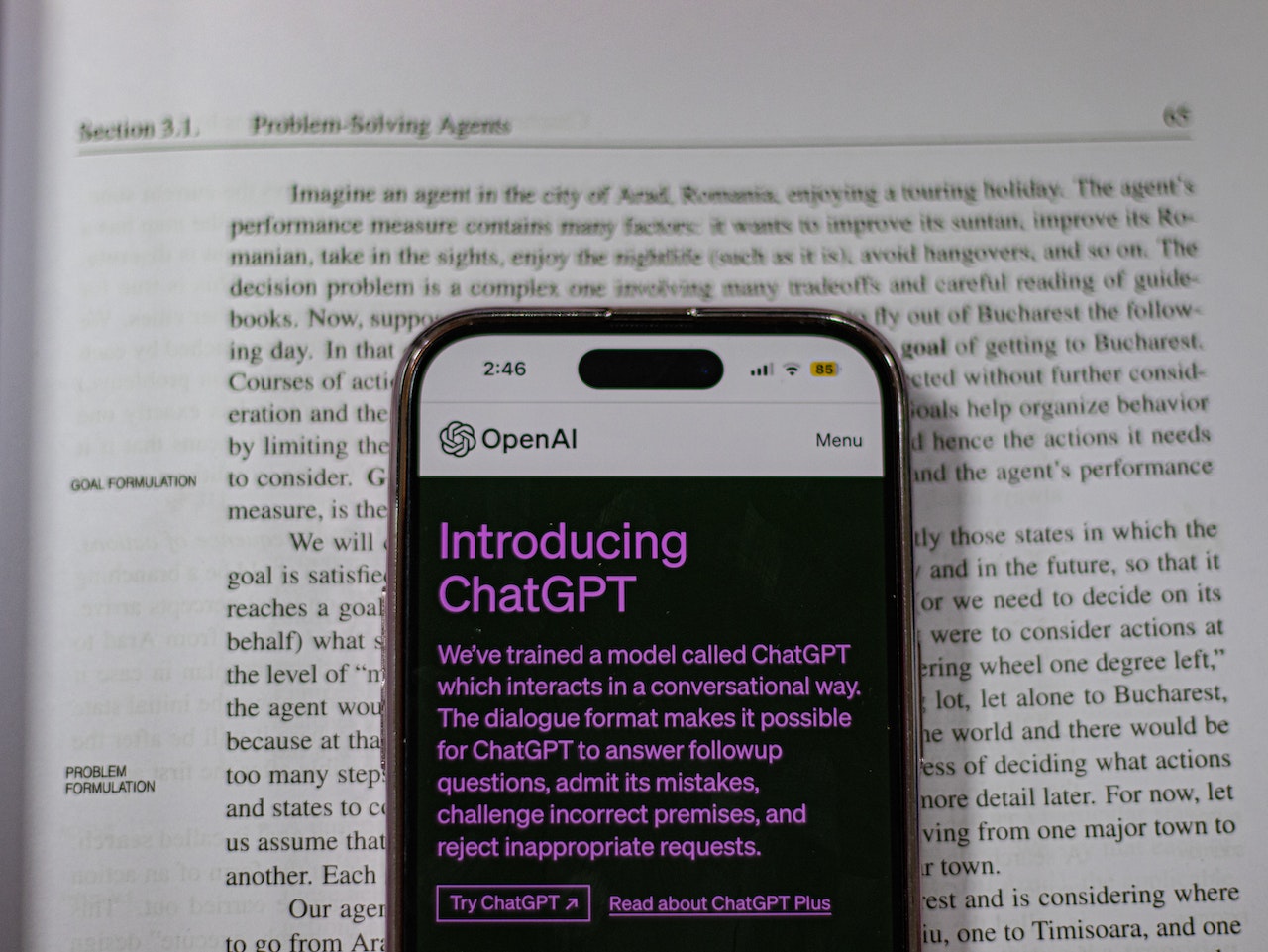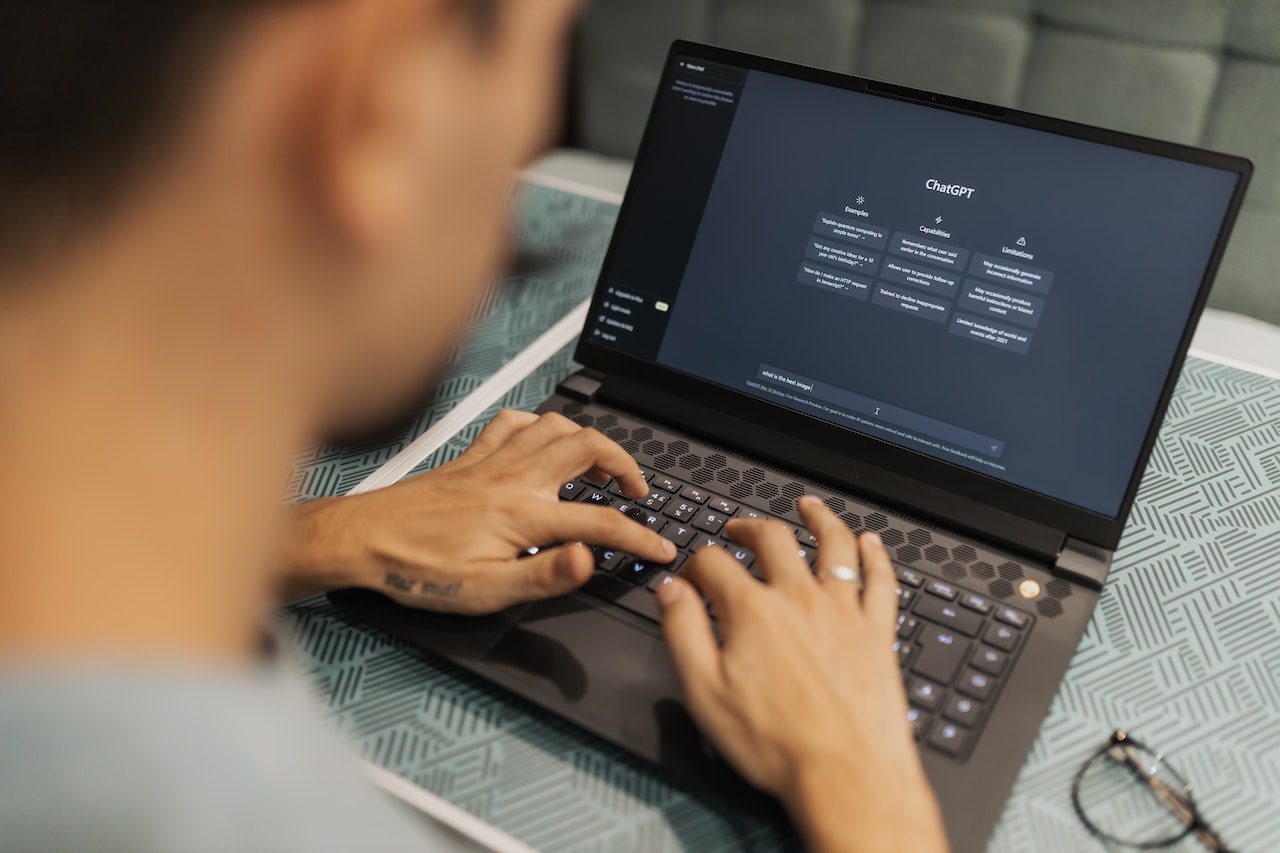Artificial Intelligence (AI) has made significant advancements in various fields, and one of the fascinating applications is image generation. With the help of machine learning techniques, AI algorithms can now create realistic and visually appealing images that were once the domain of human artists. In this article, we will explore how AI image generation works, the underlying technologies, and its applications.
1. Introduction
In recent years, AI image generation has gained immense popularity due to its ability to produce stunning visuals with remarkable accuracy. It involves training AI models on large datasets and allowing them to generate new images based on the patterns and features they have learned. By mimicking the human artistic process, AI image generation opens up new possibilities for creative expression and practical applications.
2. What is AI Image Generation?
AI image generation refers to the process of using artificial intelligence algorithms to create new images from scratch or modify existing ones. These algorithms analyze vast amounts of data, such as photographs or artwork, to learn the underlying patterns, textures, and shapes. Once trained, the AI models can generate new images that resemble the training data in style, content, or both.
3. The Role of Machine Learning in AI Image Generation
Training the Model
To create an AI model capable of generating images, a large dataset is required for training. This dataset typically consists of images from various sources, such as photographs, paintings, or illustrations. The AI model learns from this diverse dataset and extracts meaningful features that contribute to the visual appearance of the images.
Generative Adversarial Networks (GANs)
One of the prominent techniques used in AI image generation is Generative Adversarial Networks (GANs). GANs consist of two neural networks: the generator and the discriminator. The generator generates images, while the discriminator tries to distinguish between the AI-generated images and real images. Through an adversarial training process, both networks improve their performance, resulting in more realistic and high-quality generated images.
4. Image Synthesis Techniques
AI image generation encompasses various techniques for image synthesis. Some of the notable ones include:
Style Transfer
Style transfer allows AI models to apply the artistic style of one image to another. By separating the content and style representations of the images, AI algorithms can transfer the unique visual characteristics, such as brushstrokes or color palettes, from famous artworks onto regular photographs or other images.
Super-Resolution
Super-resolution techniques aim to enhance the resolution and quality of low-resolution images. AI models trained on high-resolution images learn to generate corresponding high-quality versions from low-resolution inputs. This technique finds applications in upscaling images for printing, video enhancement, and digital restoration.
Image Inpainting
Image inpainting involves filling in missing or damaged parts of an image with plausible content. AI models can learn to understand the context of an image and generate visually consistent replacements for missing regions. This technique is valuable for image restoration, object removal, and content creation.
5. Deep Learning Models for AI Image Generation
Deep learning models play a crucial role in AI image generation. Two popular models are Variational Autoencoders (VAEs) and Deep Convolutional GANs (DCGANs).
Variational Autoencoders (VAEs)
VAEs combine the power of neural networks with probabilistic modeling. They consist of an encoder network that compresses an input image into a lower-dimensional latent space and a decoder network that reconstructs the image from the latent representation. By sampling points in the latent space, VAEs can generate new images that share similarities with the training data.
Deep Convolutional GANs (DCGANs)
DCGANs are a variant of GANs specifically designed for image generation tasks. They employ deep convolutional neural networks to generate high-resolution images. DCGANs have shown impressive results in generating realistic images by capturing intricate details and complex structures.
6. Understanding the Workflow of AI Image Generation
The process of AI image generation involves several stages:
Data Collection and Preprocessing
The first step is to collect a diverse dataset of images that represents the desired image generation task. This dataset needs to be preprocessed, including tasks such as resizing, normalization, and augmentation, to ensure the input images are in a suitable format for training the AI models.
Model Training
Once the dataset is prepared, it is used to train the AI model. The model goes through multiple iterations of training, where it learns to capture the essential features and patterns present in the training data. This training process involves optimizing the model’s parameters to minimize the difference between the generated images and the real images.
Generating Images
After the model is trained, it can generate new images based on the learned patterns and styles. By providing input to the trained model, such as random noise or specific conditions, AI algorithms generate images that possess characteristics similar to the training data. The generated images can be further refined or modified to meet specific requirements.
7. Applications of AI Image Generation
AI image generation has a wide range of applications across various industries:
Art and Creative Expression
AI-generated images have found a place in the art world, with artists and designers using AI as a tool for inspiration and exploration. AI algorithms can generate unique and thought-provoking visuals, enabling artists to push the boundaries of their creativity.
Content Generation and Enhancement
AI image generation has been employed to automatically create visual content for websites, social media, and advertisements. It enables the rapid production of engaging and personalized visuals, freeing up human resources for other creative tasks.
Virtual Reality and Gaming
In virtual reality (VR) and gaming, AI image generation plays a crucial role in creating immersive environments. AI algorithms generate realistic landscapes, objects, and characters, enhancing the visual experience for users.
8. Challenges and Limitations of AI Image Generation
AI image generation is not without its challenges and limitations:
Overfitting and Generalization
AI models can sometimes overfit to the training data, resulting in generated images that lack diversity and fail to generalize well to new inputs. Balancing the complexity of the models and the available training data is crucial to avoid overfitting and ensure the generation of diverse and novel images.
Ethical Considerations
As AI image generation becomes more advanced, ethical considerations arise. AI-generated images can be misused for spreading misinformation, creating deepfakes, or violating privacy. Ensuring responsible use and addressing ethical concerns are essential to mitigate these risks.
9. Future Trends and Developments in AI Image Generation
AI image generation continues to evolve rapidly, and future trends include:
- Improved realism and finer details in generated images.
- Integration of AI image generation into creative tools, enabling artists to leverage AI for their work.
- Exploration of AI-generated images for medical imaging, architectural design, and fashion.
10. Conclusion
AI image generation has revolutionized the way we create and perceive visuals. Through machine learning techniques and deep learning models, AI algorithms can generate images that rival the work of human artists. With further advancements and responsible use, AI image generation holds tremendous potential across various industries and creative endeavors.
FAQs
Can AI generate realistic images?
Yes, AI algorithms can generate realistic images that closely resemble real-world visuals. The advancements in deep learning and GANs have significantly improved the realism and quality of generated images.
How long does it take to train an AI image generation model?
The time required to train an AI image generation model depends on various factors, including the complexity of the model, size of the dataset, and available computational resources. Training can take several hours to days or even weeks for more complex models.
What are some popular AI image generation tools?
Some popular AI image generation tools include DeepArt, RunwayML, and NVIDIA’s StyleGAN. These tools provide user-friendly interfaces and pre-trained models for generating images.
Can AI-generated images be used for commercial purposes?
Yes, AI-generated images can be used for commercial purposes. However, it is important to ensure compliance with copyright and licensing regulations, especially when using AI models trained on copyrighted or proprietary images.
How does AI image generation impact the field of design?
AI image generation expands the possibilities in the field of design by providing new sources of inspiration, automating repetitive tasks, and enhancing the creative process. Designers can leverage AI algorithms to generate visuals that align with their vision and explore new design aesthetics.





